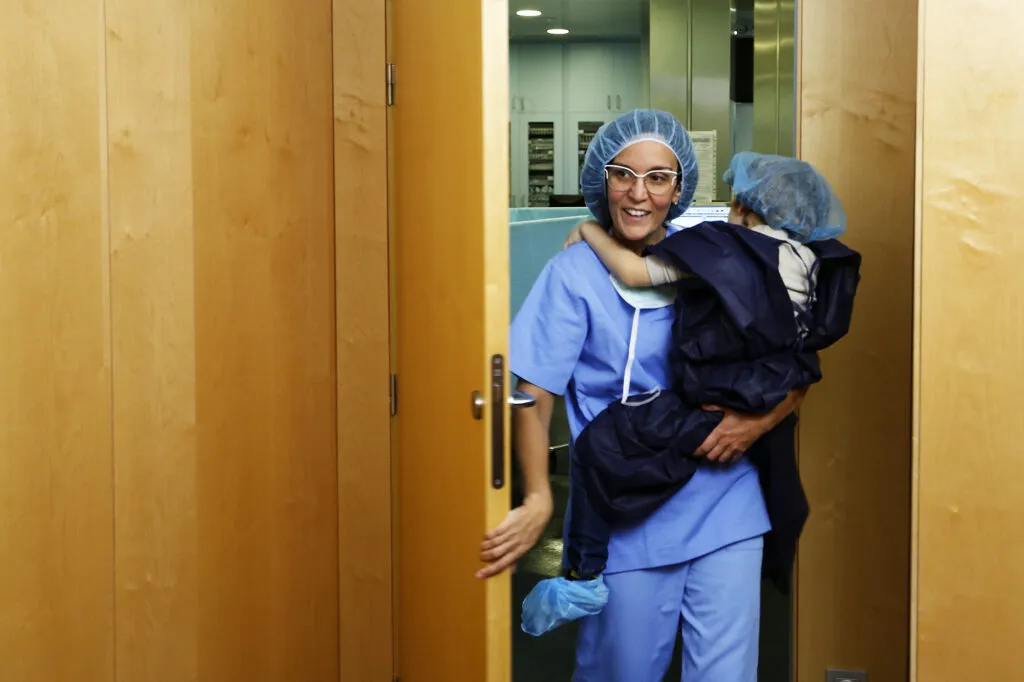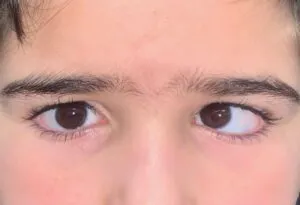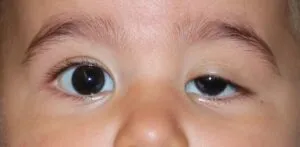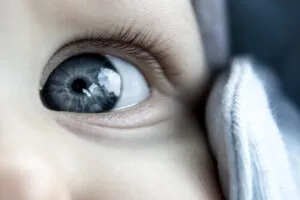Treatments
Eye surgery in children

What does an eye surgery in children involve?
Surgeries to solve childhood eye diseases are usually quite similar in technical terms to those we perform to treat the same vision problem in adults. However, eye surgery in children involves some essential differences, both in terms of how to proceed in the operating room and the time specialists must handle to solve the pathology and avoid future visual sequelae.
When assessing the advisability of performing eye surgery in children, we must bear in mind that vision develops during childhood (usually, up to the age of 6-8). Thus, a large part of congenital visual problems must be treated early so as not to affect the child’s visual development or foster the appearance of eye problems in the medium and long term.
Techniques
Eye diseases that can be operated on in children
Many of the most common vision problems in childhood, such as refractive errors (link to refractive errors in children), “lazy eye” or some types of strabismus, do not require surgery and can be solved with the use of glasses or an occlusion patch (“lazy eye”), among other treatment options. However, there are paediatric eye diseases that do require surgery. Other reasons for an eye surgery in children can be trauma or childhood eye tumours, such as retinoblastoma.
Recovery
While most eye surgeries in adult patients are performed under local anaesthesia and sedation, in the case of children we use general anaesthesia to prevent the child from crying, moving, getting nervous or scared. This does not prevent them from going home on the same day they are operated on, which is usually done on an outpatient basis.
The postoperative period, although it is usually not painful, can be more complicated in young patients, when it comes to keeping the eye covered if surgery requires it, applying anti-inflammatory and antibiotic drops, taking care not to make sudden movements with the head, etc. Our team will provide the family with all the necessary indications on the care to be followed and will make the appropriate visits to follow up on the evolution.



